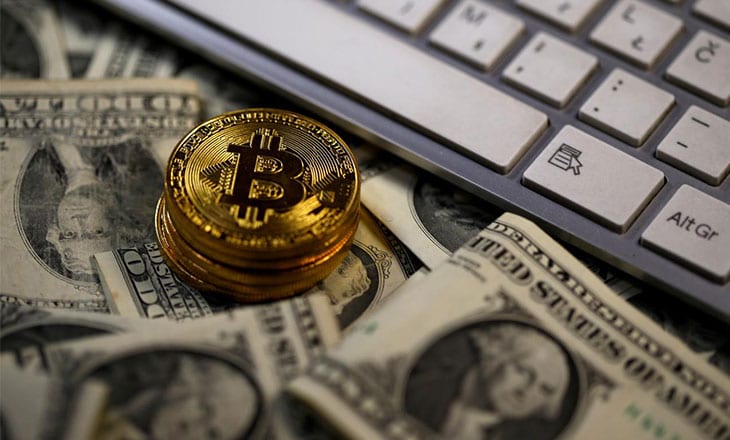In Bitcoin-Land, enthusiasts are always circling important dates on their calendars for events that could rock the crypto world, but no event commands the same respect, as does Bitcoin’s halving happening in May of 2020. In both 2012 and 2016, similar halving episodes gave rise to massive appreciation in the months that followed. Can the same storyline happen again? The jury remains mixed at present, but there is one certainty that could occur when mining rewards are cut in half from 12.5 to 6.25 BTC per block – the mining industry will go through a purge and consolidation cycle like never before.
At a World Digital Mining Summit, held in Frankfurt last week and put together by none other than Bitmain, the market share leader by far in the mining industry, attendees openly debated what the impacts and consequences could be when Bitcoin halves next year. The event may be seven months off, but Litecoin went through a halving exercise this past August. Prices were erratic six months before, peaking with a “4.5X” multiple in June, only to pull back to $54 at current prices, an 80% gain since the 2018. But Litecoin is by no means anything like Bitcoin. Similar extrapolations seem fanciful.
Miners, however, do not like what they perceive is coming down the pike. Rewards will be cut in half. At today’s valuation, the haul per week may still be roughly $104 million, but the competition will be fierce. Old hardware and software miners will perish. It will truly be survival of the fittest, as the culling process proceeds through the “herd”.
Marco Streng, CEO of Genesis Mining, told Coindesk he sees a “brutal” reordering of the mining industry:
We are going towards a really heavy industry with much longer life-cycles of the machines. It’s a very brutal event. Most inefficient miners will be wiped out. But it’s driving the innovation. It’s a psychological event, and there is a tendency for the price to increase. From my experience, a lot of miners are expecting the price to go up, so they reduce selling and weaken the selling pressure of the market.
Does everyone expect Bitcoin prices to rocket forward? Jihan Wu, co-founder and ex-CEO of Bitmain, is not so sure:
Maybe people speculate too much before the halving, and then you can’t sell the good news anymore. Maybe, this time a bullish cycle is not coming yet.”
As for Bitcoin, the impact may already be baked into the price:
During the first and second halving, people didn’t know what to expect, and during the second halving, the scaling debate complicated the situation. Now people are expecting it.
Outside of the mining profession, opinion outliers are prognosticating future valuations that stagger the mind, which ascend to six-figure realms. Yes, these eager types do try to produce creditable evidence to support their outlandish claims, but their models seem to be nothing more than a simple extrapolation of today’s values that uses the Litecoin experience as its driving factor, but ignoring the significant cratering that occurred prior to its halving event.
There is one “guesstimate”, however, which appeared in the press a week or two back that did raise a few eyebrows. From all places, it originated from the investment analysis department of a German banking institution, Bayerische Landesbank. Bayern LB is one of the leading commercial banks in Germany, with over $215 billion Euros in assets on its balance sheet. It has offices in four other EU countries, including the UK, but primarily services the Bavaria region out of Munich.
Bitcoin.com reported how this bank used what is called a “stock-to-flow” ratio. Per one source on the web, this ratio is “the amount of a commodity held in inventories divided by the amount produced annually. It is a measure of abundance. Gold has the highest stock-to-flow ratio of all commodities.”
The Bayern LB report states:
The harder Bitcoin is, the greater the value. If the May 2020 stock-to-flow ratio for Bitcoin is factored into the model, a vertiginous price of around USD 90,000 emerges. This would imply that the forthcoming halving event effect has hardly been priced into the current Bitcoin price of approximately USD 8,000.
What? $90,000? Is this some kind of German joke? While no other self-respecting analyst has been willing to put his or her reputation on the line with such an outlandish forecast, these bankers have actually put it in print. They could just be saying that Bitcoin is presently undervalued. At this stage, however, even the most devout Bitcoiner would question the dream-like quality of this projection, and then would go about his business. Trust your own judgment on this one.
